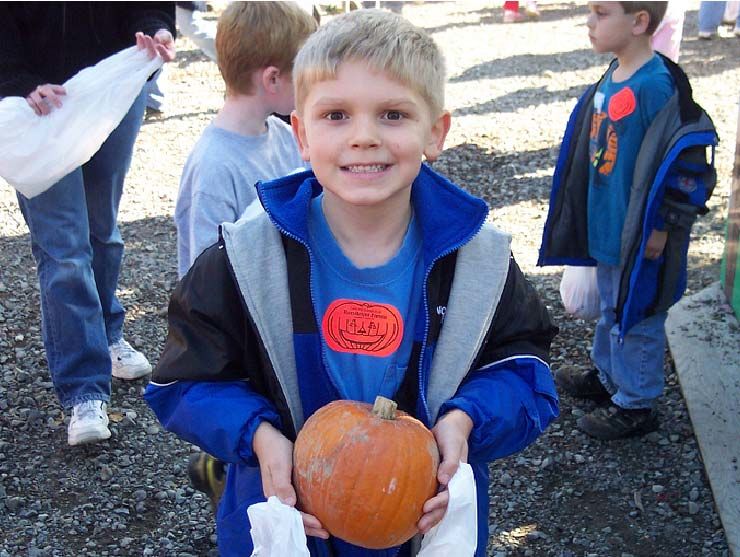In the current talent era it's important - critical, actually - for your strategy to do the latter.
Our workplaces are evolving. We feel it in terms of the way people work (so often today
remotely), and how they approach their careers. People no longer stay in a single job for the life of their profession. There are key inflection points that drive whether we retain or lose team members; pivotal moments that require all of us in human services to pay attention and align what we do to where they are in their personal journeys.
Illustrating the Employee Development Story
This is especially true for those of us who work in Learning and Development. We know employees want to grow careers. Research tells us it's not only essential to ensuring that we as organizations have the skills we need; it's also the key element that determines whether or not our employees stay or go. Research shows that nearly 50% more Millennials prioritize professional development in a job than pay raises, illustrating just how important growth is.Yet there's a sense that development in many talent strategies is defined as just one thing that needs to appeal to employees organization wide. In other words, put your programs out there and let employees decide what to embrace. But it needs to be more calculated than that. To be effective in both giving the most to and getting the most from people, we need to tailor what we offer and how we offer it to connect to where people are in their careers - to what they value and need at this moment in their lives to ensure their growth and development.
Engage Employees Throughout Their Careers
Let's look at this within the typical life-cycle of an employee, and think about ways to creatively align the learning approach at each stage.When your employee wants you to...
Attract Me
With so many resources available to employees to "shop" jobs - and growth at the top of their checklists - employees need to clearly see opportunities. Are there internal trainings or workshops you can extend outside of your organization to build your brand? Is your website and your social media strategy set up to support this?
Get Me Started
Employees who are onboarding are craving cultural connections with each other, with other employees, and with the organization; they also need to learn the job and get up to speed quickly. Learning needs to be both easy to access and available on the go. Self-paced, prerecorded learning with in-person and virtual cohorts provide both - connecting people to skills; and connecting them to other people, even when they're working virtually, and so not locally connected to each other.
Develop Me/Help Me Succeed
Many (dare day most) people who are established in your organization are thinking about what comes next for them. And as we know in the current talent landscape, up is not the only way to go. How can you expose these people to other parts of your organizational ecosystem? What types of educational opportunities - internal programs versus external degrees and certifications - are available, and how are you mentoring and guiding people to make those decisions? As learning and development processionals, we are responsible for equipping managers with the language and resources to develop their employees.
At Bright Horizons, we run regular informational webinars where we map out all learning and development opportunities available to a Bright Horizons employee - from internal leadership development programs, to tuition assistance degree and certification opportunities, to trainings to go, podcasts and micro-learning that is available at the push of a button online. Tell employees their development story and they will stay.
Creating Maps for Your Entire Workforce
The above needs to take into account more than your most ambitious people. Many of us also have employees who are good performers and who by choice (and in their own voice) have told us that they are not interested in career growth or transitions. These employees still need development opportunities. They still need to enhance their performance, and remain engaged in their functional areas and with your organization. Think of meaningful ways, either through conferences or mentoring or coaching opportunities to engage employees and help them thrive.At Bright Horizons, we've left none of this to chance. Our development strategy includes not only educational opportunities, but also talent maps for specific career trajectories that guide how people move through our company and their careers, touching people at these key inflection points. Organizational change is one of the biggest challenges to our workplaces. Evolving learning and development strategies is one way we can keep up, and enjoy the ride.





